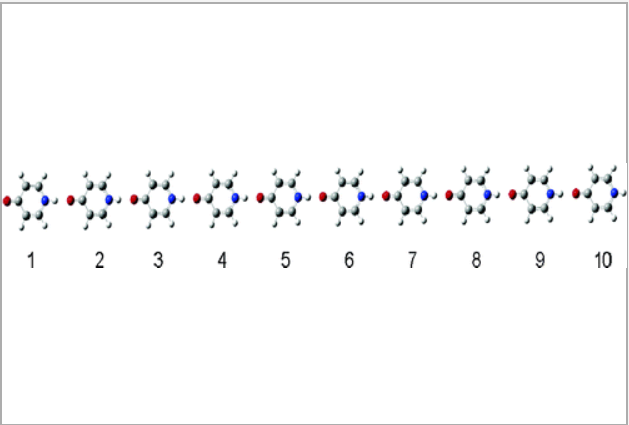On the subject of 4-pyridone, Wikipedia says this:
4-Pyridone is an organic compound with the formula C
5H
4NH(O). It is a colorless solid. The compound exists in equilibrium with a minor tautomer, pyridin-4-ol.
So as far as I know, the aromatic enol form of this guy is lesser in equilibrium content than that of phloroglucinol.
The reason for this is somewhat related to intermolecular H-bonding.
An abstract from this paper says:
The N−H···O H-bonding enthalpy between 4-pyridones connected in a chain of H-bonds can achieve 23 kcal/mol for the most central H-bonds, while that between two 4-pyridones is 9.90 kcal/mol based upon DFT calculations on the counterpoise-corrected potential energy surfaces. That the range of enthalpies for N−H···O H-bonds can vary from as little as 2 to as much 23 kcal/mol depends primarily upon the polarizability of whatever internally connects the N−H and CO within the H-bonding molecule, which are two parallel −CC− entities in 4-pyridone. The contribution of covalent or charge-transfer interactions between the π-systems of adjacent 4-pyridones is small.
The following image shows how such a chain may exist

(Red- oxygen, blue- nitrogen, grey- carbon, white- hydrogen)
Hence,the enol content of phloroglucinol would be more than that of 4-pyridone
Also, an interesting point to note about phloroglucinol as well(as per this paper) is that for the neutral compound, the keto tautomer is undetectable spectroscopically. Upon deprotonation, the keto form predominates, possibly due to the conjugation present in the sigma complex formed(but the reasoning is just an educated guess)

